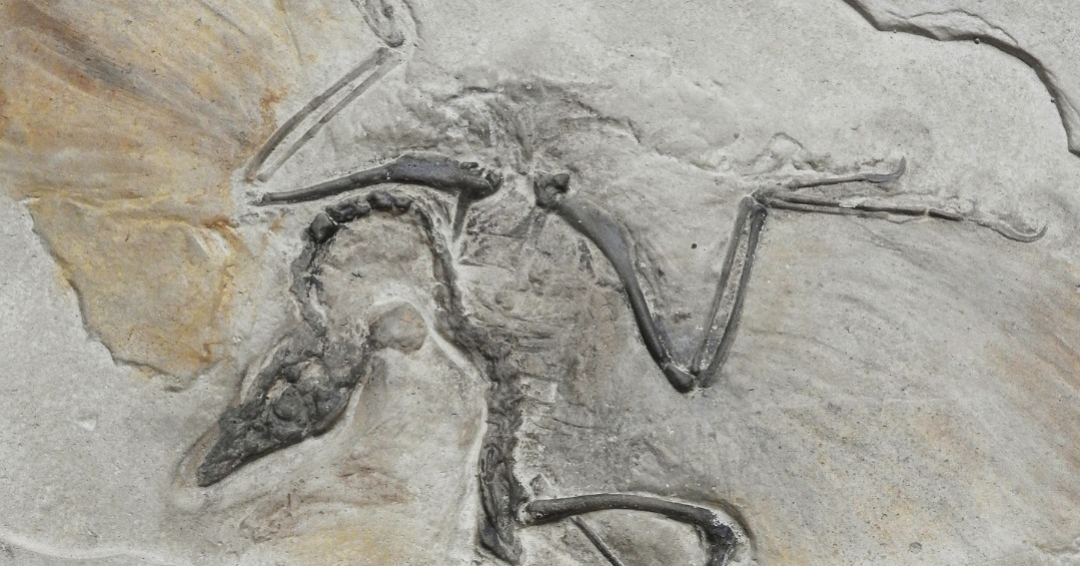The Permian-Triassic extinction event, also called the "Great Dying," happened 252 million years ago and was caused by massive volcanic eruptions that led to global warming. It killed off 95% of life on Earth. This was the greatest mass extinction in Earth's history out of a total of five.
Healthy ecosystems rely on the complex interaction of different species, including plants, predators, and prey, each of which plays a unique role in maintaining ecological balance. However, if more species go extinct and the number of species in each ecological role dwindle, the ecosystem becomes increasingly unstable. Once the last species in each role goes extinct, the ecosystem rapidly collapses. Scientists led by Dr. Yuangeng Huang, at the China University of Geosciences ,conducted a detailed study on this topic: how the steady destruction of wildlife tipped over into a total ecosystem collapse.
The scary part is that it can happen again. Today, species are being lost even faster than in any of the previous five mass extinctions that have struck the planet. Human activities such as the razing of natural habitats for farming and mining, pollution, and overhunting are causing the destruction of wildlife at an unprecedented rate. Some scientists have suggested that we are currently in the midst of the sixth mass extinction event in Earth's history.
Steps need to be taken to reverse current losses of biodiversity, otherwise, collapse of life on Earth in the form we know it, could be inevitable. Conservation efforts must focus not only on individual species but also on the ecological roles they play within ecosystems.
Source: The Guardian

